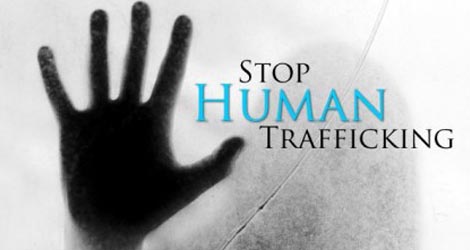Human Trafficking Prevention Curriculum
A Guide to Develop, Implement and Evaluate
With the continued efforts to promote human trafficking awareness, many communities
now see the importance of addressing the issue. Awareness increases the opportunities
for both educated adults and youth to get involved. It identifies the problem, frames
the issue, provides a language, and creates a conversation and action in both practice
and policy arenas. Importantly, it equips parents with the knowledge to have a healthy
suspicion regarding who and where their children spend their time.
What awareness does not accomplish is direct prevention services for youth who are
most in need. Ideally, all youth, and adults that interact with them should be provided
human trafficking prevention. However, with limited resources and time, communities
need to make a concerted effort to involve youth most at-risk in prevention programming
and the adults that interact with these youth.

Trainings Requests/Contact Information
Celia Williamson, Ph.D.
Director, Human Trafficking and
Social Justice Institute
The University of Toledo
celia.williamson@utoledo.edu
Goals:
- To encourage activities that decrease vulnerability (risk) and increase resiliency (protection).
- To train social service and health professionals to understand and associate risk factors with the potential to be trafficked.
Objectives:
- To supply information that will enable coalitions, programs, or individuals to plan the structure and content for comprehensive prevention activities.
- To report and place nine effective elements of prevention into a human trafficking prevention context.
- To offer critical components of a comprehensive youth-focused prevention response.
- To train professionals that interact with at-risk and high-risk youth.
- To provide evaluation tools to evaluate prevention efforts.


